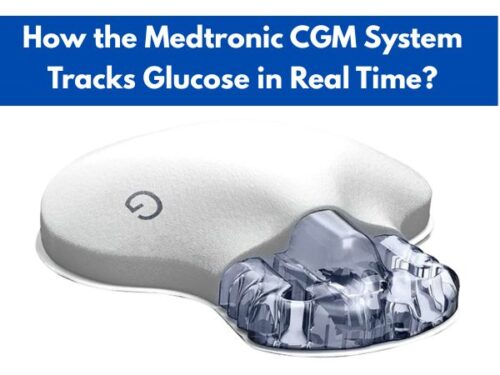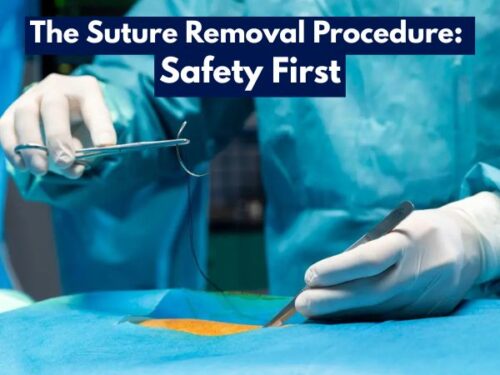Types of Medical Imaging Equipment Every Clinic Needs
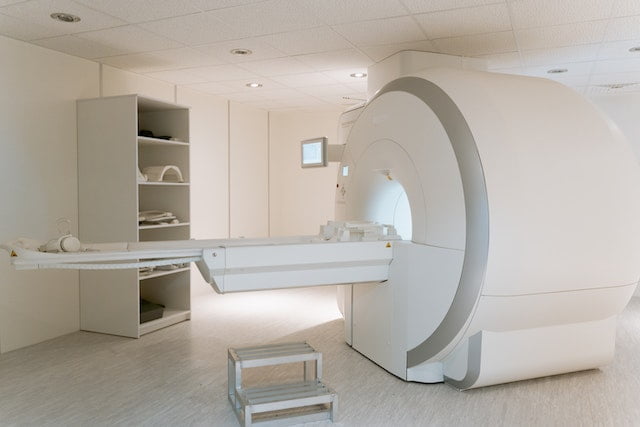
Medical imaging is a field that assists therapeutics by rendering the process of diagnosing a disease easy. Today, several kinds of diagnostic equipment are available that take internal body images by utilizing radiation, sound waves, or magnetic fields. All of these methods come with their own advantages as well as disadvantages. Let us understand which medical imaging equipment is necessary for every healthcare facility to have due to its vast applications as well as reliability.
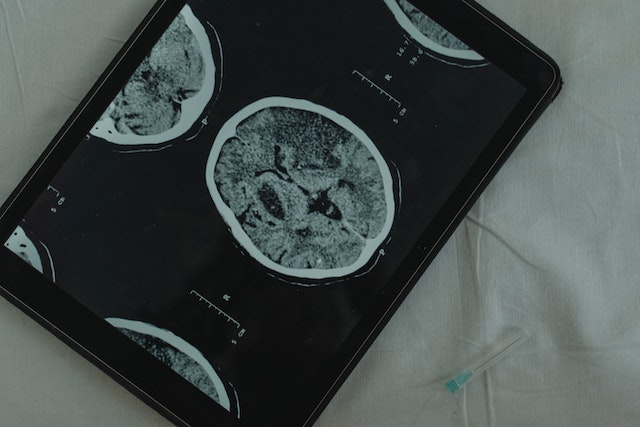
What is medical imaging?
Medical imaging refers to a process of taking images of the internal body for the purpose of detecting a disease state or visualization during a medical intervention. Internal imaging also enables the physicians to look inside the organs and understand how they work thus facilitating the studies in anatomy as well as physiology.
Types of medical imaging equipment
Taking an image of the internal body is not an easy task. It requires aid from specialized equipment which has particularly been designed for this purpose. Once an accurate image has been obtained from a patient’s body, it becomes uncomplicated to make a diagnosis. The equipment that every healthcare facility should have for medical imaging includes the following:
1. Radiographic equipment
Radiography is a technique that is employed to take pictures of dense body tissue i.e. bones. The process works by passing X-rays on the intended area from where they penetrate deep into the body, hit the bones, and are reflected back thus making a 2D image on a photographic film. As the radiations easily cross the soft tissues, they do not appear on the image.
Who needs a radiology test?
X-ray imaging finds applications in both medical as well as dental setups. Furthermore, the technique has also proven helpful for the detection of bone tumors.
Advantages of radiographic equipment
Advantages of the method include the ease of conduction, lesser time requirement for the results to be generated, and comfort of the patients as the machine does not enclose them while working thus significantly reducing their anxiety levels.
2. Ultrasound scanner
Ultrasound is a commonly used method for the analysis of the internal body with the help of high-frequency sound waves. These sound waves, when entered the body, create an echo after being reflected from the tissues and organs resulting in the formation of a 2D or 3D image. The process usually takes up to 45 minutes to complete.
Who needs an ultrasound?
Ultrasound is frequently done on pregnant women to check the health condition of the baby. It can also diagnose certain digestive abnormalities including cancers.
Advantages of ultrasound scanner
The process is easy, quick, and can be performed internally as well as externally.
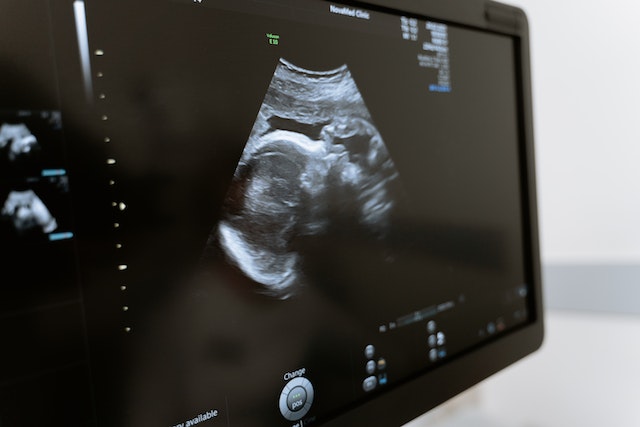
3. CT scanner
A computerized tomography scanner, famously known as a CT scanner is an advanced imaging equipment that works by bombarding the patient with X-ray beams followed by moving them around the patient’s body at a certain rotational axis. This rotation of the X-rays produces a cross-sectional image in the form of slices which are then combined to generate a full 3D image.
Who needs a CT scan?
People suffering from cardiac diseases, cancer, liver-related issues, or lung problems are advised to go for a CT scan. Moreover, the scanning technique can also identify internal injuries as well as bleeding. Furthermore, bones can also be scanned by CT scanners.
Advantages of a CT scanner
Like X-ray imaging, CT scan is also a pain-free as well as non-invasive technique. This whole process merely takes 20 minutes to complete and the results are obtained quickly.

4. MRI scanner
A magnetic resonance imaging (MRI) scanner is a device that, like a CT scanner, produces high-quality images of the internal organs for the purpose of diagnosis. The machine operates once the patient is made to lie down on a movable bed. The bed is forced into an imaging cylinder with a diameter of 60 cm. Once in, a strong magnetic field, along with radio waves, is bombarded onto the patient which becomes the medium for creating internal images.
Despite the generation of clearer internal images, the MRI scanner takes longer than a CT scanner to complete its job. In some cases, a patient has to spend up to 90 minutes in the machine which is a relatively longer duration. Moreover, as the machine is louder than a CT scanner, it becomes essential to provide ear protection to the patients being tested.
Who needs an MRI scan?
Neurological conditions and cancers are easily identified by an MRI scan. Additionally, the scanner can also detect joint and spinal injuries as well as damaged internal organs.
Advantages of an MRI scanner
MRI scanners are well-equipped to make a distinction between the fat, water, and soft tissues. Although CT scanners can do it, their efficiency is widely dominated by MRI scanners in this regard. The technique is non-invasive, pain-free, and does not involve X-rays.
5. PET scanners
A positron emission tomography or PET scanner is capable of creating 3D images of the internal body. In the first step, a radioactive tracer such as 18F-fluorodeoxyglucose (FDG) is injected into a patient’s arm. As soon as it reaches the body, the tracer starts emitting radiations, a process which continues for a specified time period. As the tracer has glucose in it, cancer cells take it up as an ATP source. This way, the level of radiation absorbed in the body indicates the health state of the patient.
Who needs a PET scan?
PET scanners are particularly employed for the analysis of cancer progression as well as for the evaluation of the extent of the patient’s response to the administered chemotherapeutic agents. They also find applications in the planning stages of cardiac or neural surgical procedures. Moreover, PET scanner also aids in the identification of conditions like dementia.
Advantages of a PET scanner
PET scan takes only 30 minutes to complete which makes it convenient as compared to MRI.
Conclusion
Equipment used in medical imaging has rendered the job easy for physicians by making the diagnosis process uncomplicated.
Machines such as CT, MRI, and PET scanners along with ultrasound equipment have extensively facilitated medical science due to the provision of internal access and accurate visualization of internal tissues.
Moreover, this equipment has also diversified our understanding of human anatomy, physiology, and cell biology thus giving new insights on life processes as well as cellular metabolism.













